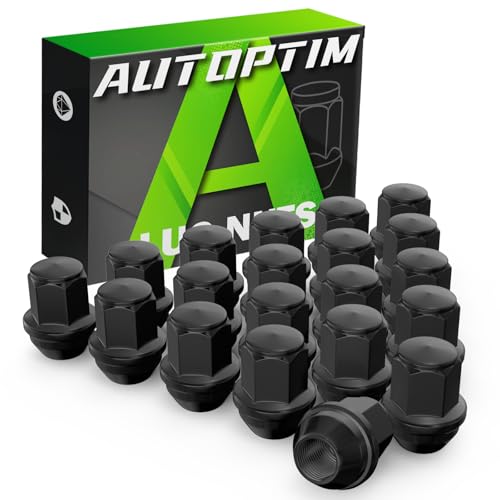- Joined
- Sep 12, 2015
- Messages
- 8,124
- Reaction score
- 3,209
- Location
- SW Ontario
- My Car
- 1971 Mustang Mach 1, M code, 4 speed.
The vacuum advance is not figured in the total advance equation. Vacuum advance should only be active during part throttle, high vacuum low load engine operation. The fuel mixture is leaner at part throttle. Sometimes as lean as 15-17:1. Leaner mixtures require the spark plug to fire earlier to properly ignite than richer mixtures due to the greater percentage of oxygen. The vacuum advance provides the earlier spark firing and makes it possible to run leaner mixtures thus improving fuel economy. When you put your foot in it, at about 70% of load, the mixture needs to richen (power valve open or metering rod retracted) to provide power and prevent engine damage and the additional spark advance is no longer needed. This is where the vacuum the engine makes will begin to drop and where the vacuum advance should no longer be adding advance. The exact vacuum reading where this should occur varies from engine to engine. Generally a high compression high performance engine will want to be rich and retarded sooner than a low compression low performance engine.
As to how much vacuum advance should be added, in general you should run as much as the engine will tolerate without pinging. This takes some trial and error to determine.
Thanks TommyK, this explains a lot. So if I'm getting it right, I'll set up for 34-36* total mechanical with an initial setting of 14-16* ie L10 slot = 20* + 14-16*, vacuum disconnected and plugged. Then adjust the vac can to add no more than another 5-6* depending on pinging. (I have dropped the comp ratio to about 10:1) So if my timing light sees 42* WITH vac advance, I'm still OK??? My understanding was that I should see no more than 36* WITH vac advance, but that would mean setting my initial at 10* or less. Factory spec for the '71 351C 4V manual trans is 6* initial, which is where I'm at right now. I do not know at this point, what slot is being used, but I suspect an L15 as I have 36* without vac. I plan on stripping the reman and welding up 1 slot and go from there. This is why I spent a few bucks on another dist, either for parts or to learn with and allow me to drive the car while I'm getting other stuff done.
Am I on the right track now??
Thanks again,
Geoff
As to how much vacuum advance should be added, in general you should run as much as the engine will tolerate without pinging. This takes some trial and error to determine.
Thanks TommyK, this explains a lot. So if I'm getting it right, I'll set up for 34-36* total mechanical with an initial setting of 14-16* ie L10 slot = 20* + 14-16*, vacuum disconnected and plugged. Then adjust the vac can to add no more than another 5-6* depending on pinging. (I have dropped the comp ratio to about 10:1) So if my timing light sees 42* WITH vac advance, I'm still OK??? My understanding was that I should see no more than 36* WITH vac advance, but that would mean setting my initial at 10* or less. Factory spec for the '71 351C 4V manual trans is 6* initial, which is where I'm at right now. I do not know at this point, what slot is being used, but I suspect an L15 as I have 36* without vac. I plan on stripping the reman and welding up 1 slot and go from there. This is why I spent a few bucks on another dist, either for parts or to learn with and allow me to drive the car while I'm getting other stuff done.
Am I on the right track now??
Thanks again,
Geoff














































